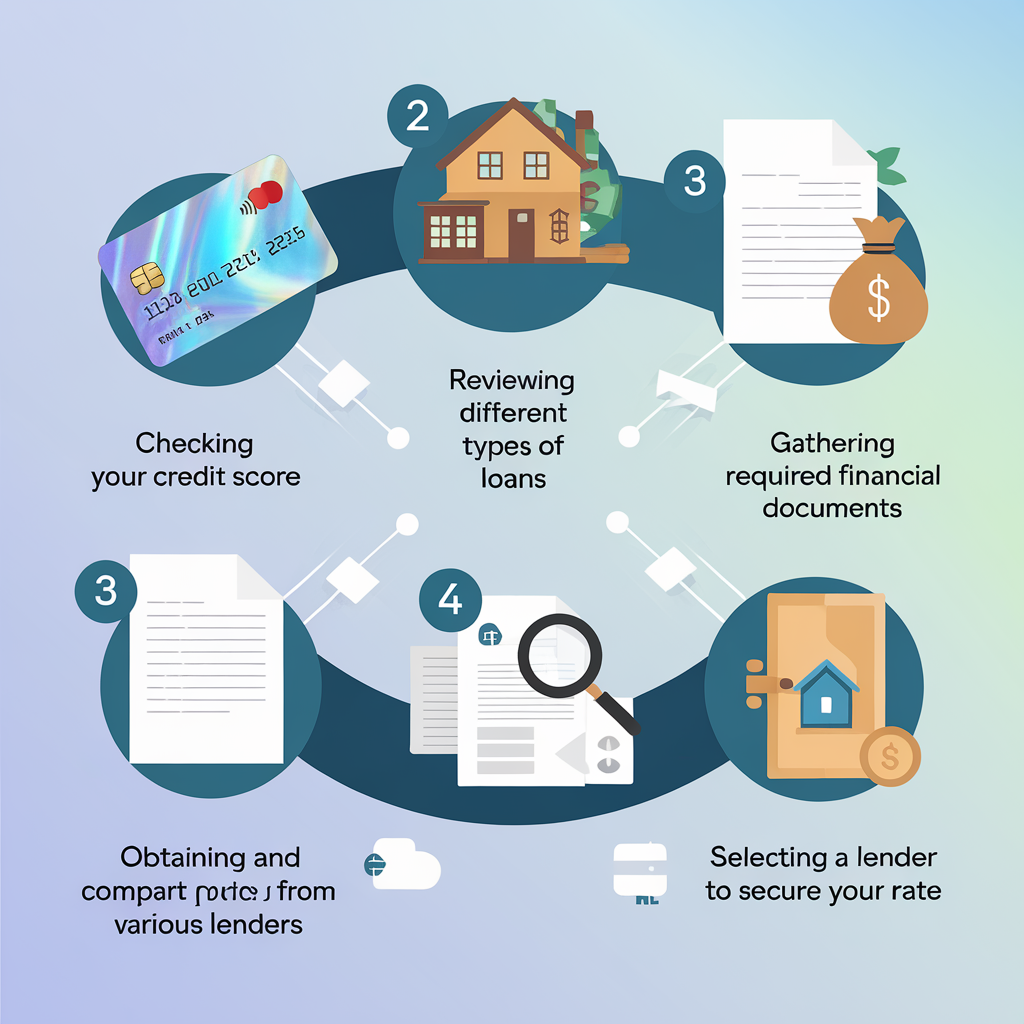Protecting Yourself from Identity Theft: Essential Steps to Take
Every year, identity theft affects millions of Americans, leading to billions of dollars in losses. Beyond the financial impact, victims often face significant anxiety, hassle, and loss of valuable time. The best defense against identity theft is prevention, but if you or a loved one falls victim, knowing the immediate steps to take is crucial.
Immediate Actions to Take After Discovering Identity Theft
1. Place a Fraud Alert on Your Credit Report
One of the first steps you should take is placing a fraud alert on your credit report. This alert prompts lenders to verify your identity before processing any credit applications, preventing criminals from obtaining credit in your name. Requesting a fraud alert from any of the three national credit bureaus (Experian, Equifax, and TransUnion) will automatically notify the other two.
A temporary fraud alert lasts for one year, but you can remove it at any time by contacting each credit bureau. For extended protection, you can request a seven-year fraud alert, which requires proof of an identity theft complaint to law enforcement. Additionally, consider adding a security freeze or credit lock to further restrict access to your credit reports.
2. Report Identity Theft to the FTC
Visit the Federal Trade Commission’s website, IdentityTheft.org, to file a theft report. The interactive form will guide you through the process, provide resources, and generate an Identity Theft Victim’s Complaint and Affidavit. This document can be used to place an extended fraud alert on your credit reports and assist law enforcement agencies in their investigations.
3. Review Your Credit Reports
Check your credit reports from all three national credit bureaus for unfamiliar accounts or credit applications. Each account listed should include contact information for the creditor, allowing you to inquire about any suspicious entries. Notify creditors of unauthorized activity and request an investigation. You also have the right to dispute credit report information with each bureau to remove unauthorized activities and accounts.
4. Assess the Damage and Report the Fraud
Identity theft can lead to multiple fraudulent activities. It’s essential to look for additional signs of fraud and report them:
- Review bank and credit card statements for unauthorized transactions. Report any unfamiliar charges or withdrawals to your financial institution immediately.
- Check for your personal information on dark web sites using a credit monitoring service like Experian CreditWorks℠. Change passwords and notify account issuers if you find evidence of fraud.
- Monitor your Social Security statement for signs of misappropriation. Set up a free account if you haven’t already.
- Check your IRS account to ensure no one has filed a tax return in your name. Set up an online account if you don’t have one, and contact the IRS if you encounter issues.
5. Contact Your Creditors and Financial Institutions
Notify creditors and financial institutions immediately if you discover fraudulent accounts or transactions. Prompt notification allows institutions to investigate, halt future bogus transactions, and potentially restore stolen funds or remove unwarranted penalties.
6. Notify Appropriate State and Federal Agencies
Depending on the type of identity theft, notify the relevant law enforcement agencies:
- Driver’s license fraud: Your state’s department of motor vehicles
- Social Security fraud: The FTC and U.S. Social Security Administration
- Passport fraud: U.S. State Department, Passport Services Department
- Tax fraud: The FTC and IRS
- Mail theft or fraud: U.S. Postal Inspection Service
Share a copy of your FTC complaint and affidavit with these agencies to help coordinate efforts.
7. Change Your Passwords
If any account information appears in dark web scans or you receive a data breach notification, update your passwords immediately. Additionally:
- Update passwords that are more than a year old.
- Activate multifactor authentication on password-protected accounts.
- Enable fingerprint or facial recognition access on smartphone apps.
- Consider using a password manager to generate and remember complex passwords.
The Bottom Line
Repairing a damaged credit report can take months or even years, so it’s vital to act quickly and persistently if you or a family member falls victim to identity theft. Notify creditors, financial institutions, and law enforcement immediately, secure your credit reports, and enhance security on all personal accounts. Stay vigilant by monitoring account statements and activity.
For any mortgage service needs, contact O1ne Mortgage at 213-732-3074. Our team is here to assist you with expert advice and support.

